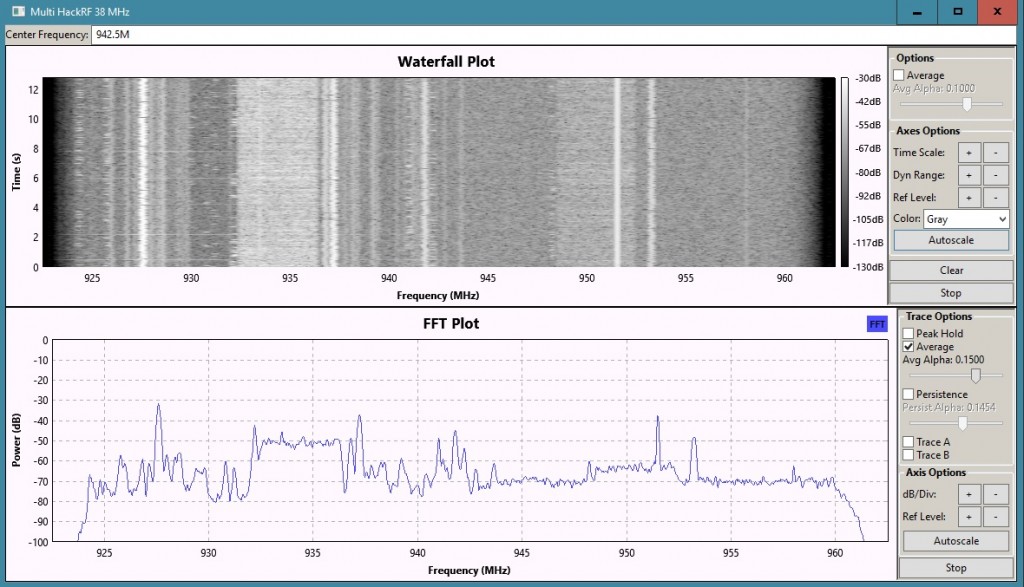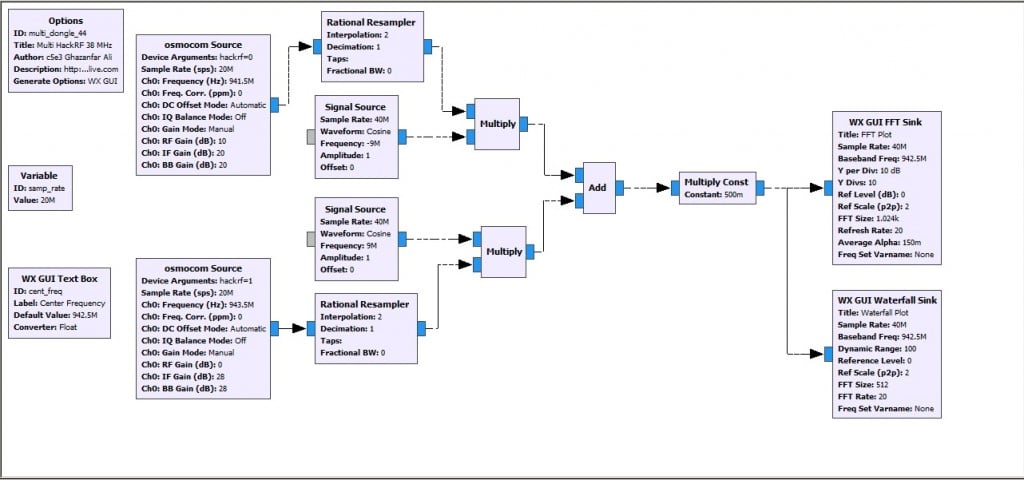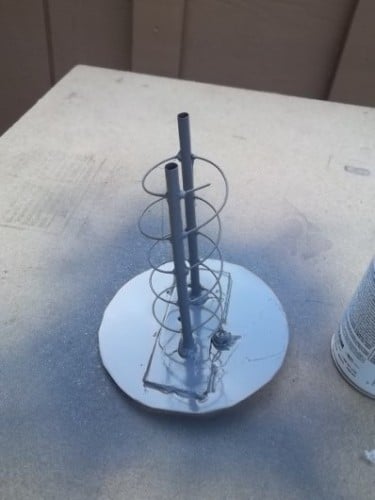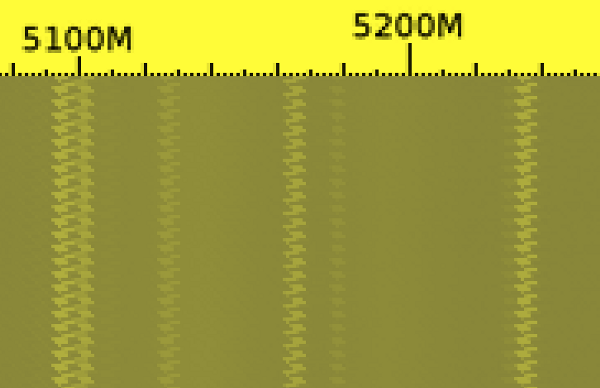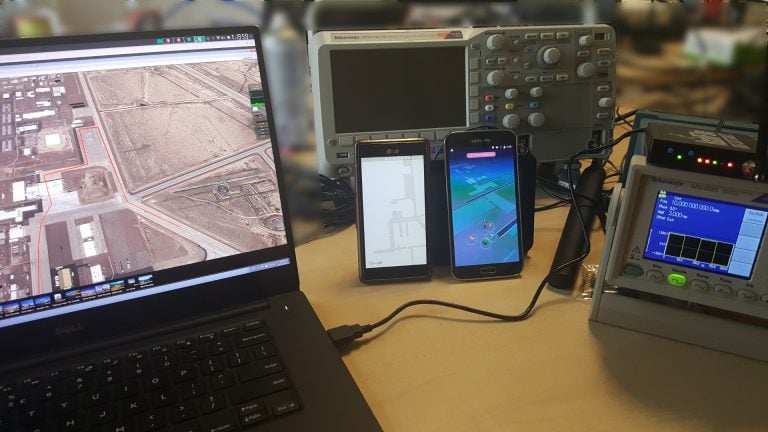Hak5 at Shmoocon 2017: Shock Collar Radio Roulette, GNU Radio, Sniffing IR (Terrahertz) Signals and More!
Over on YouTube the popular Hak5 channel has uploaded a video with several SDR related topics mentioned during Shmoocon 2017 conference.
One fun event talked about in the video was the Shmoocon wireless village SDR contest by Russell Handorf which involved wireless dog shock collars. These are collars usually placed on dogs, that emit a mild electric shock when a button on a wireless remote is pressed. This can help train the dog into better behaviors. Contestants were able to first make recordings of the wireless signals made by the shock collars. Then each contestant strapped a wireless shock collar to their leg and the goal was then to reverse engineer and understand the protocol as quickly as possible, then use that knowledge and a HackRF to shock the other contestants.
Another part of the video discuss GNU Radio reverse engineering with representatives from bastille.net who are wireless IoT security researchers. The video then goes on to interview Micheal Ossmann (creator if the HackRF) who talks a bit about his work in building an infrared (IR) software defined radio. Micheal explains how infrared is essentially just radio at terrahertz frequencies and that many SDR concepts can be applied by using a photodiode sensor. He mentions that there are several IR systems used these days, such as the common remote control, toys, and high bandwidth wireless IR headphones used in car entertainment systems and conferences. The hardware Micheal has created is called “Gladiolus” and is still in development.

